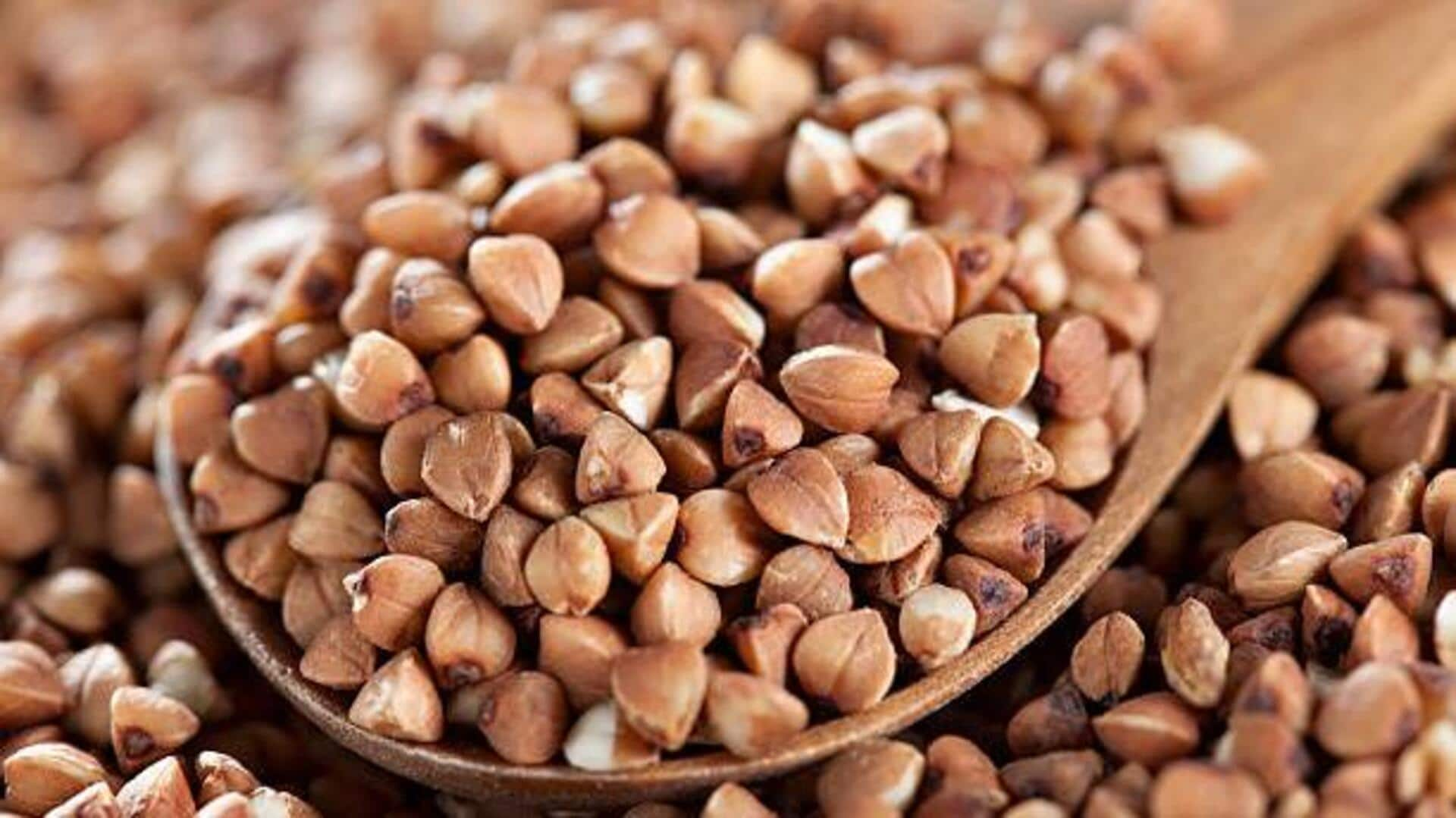
How to use buckwheat in cooking
What's the story
Despite its misleading name, buckwheat is not a wheat at all. It is a gluten-free seed that is widely used in a number of culinary applications. Its nutty flavor and versatility make it an excellent choice for anyone looking for alternatives to traditional grains. Here are five unique ways to use buckwheat in your daily meals, showcasing its adaptability and nutritional benefits.
Morning delight
Buckwheat pancakes for breakfast
Buckwheat pancakes are a healthy alternative to regular pancakes. They are gluten-free and have a distinct flavor that goes well with sweet and savory toppings. To prepare, mix buckwheat flour with milk or a milk substitute, eggs, and baking powder. Cook on a skillet until golden brown. Serve with fresh fruits, maple syrup, or yogurt for a nutritious start to your day.
Nutritious snack
Buckwheat porridge as a healthy snack
Buckwheat porridge makes for a healthy snack option, loaded with fiber and protein. Simply cook whole buckwheat groats in water or milk until soft. Add honey or maple syrup for sweetness if you like. This porridge can be topped with nuts, seeds, or dried fruits for added texture and flavor.
Fresh lunch option
Buckwheat salad for lunch
A refreshing lunch option, buckwheat salad is both filling and nutritious. Cooked buckwheat groats form the base of the salad, which can be mixed with fresh vegetables like cucumbers, tomatoes, and bell peppers. A simple dressing of olive oil, lemon juice, salt, and pepper enhances the taste without overpowering the natural flavors of the ingredients.
Quick stir-fry
Buckwheat noodles in stir-fries
Buckwheat noodles make an excellent addition to stir-fries, lending a unique flavor while remaining gluten-free. Cook them according to package instructions before adding to your favorite stir-fry mix of vegetables such as broccoli or carrots, along with tofu or tempeh for protein. Season with soy sauce or tamari for an extra punch of flavor.
Baking versatility
Buckwheat flour in baking recipes
Buckwheat flour is an excellent substitute in baking recipes for those looking to avoid gluten. It lends a nutty flavor to baked goods like bread and muffins. When using buckwheat flour, it's best to combine it with other gluten-free flours like almond or coconut flour, to get the right texture. This way, you can enjoy the distinct taste of buckwheat while baking delicious, gluten-free treats.